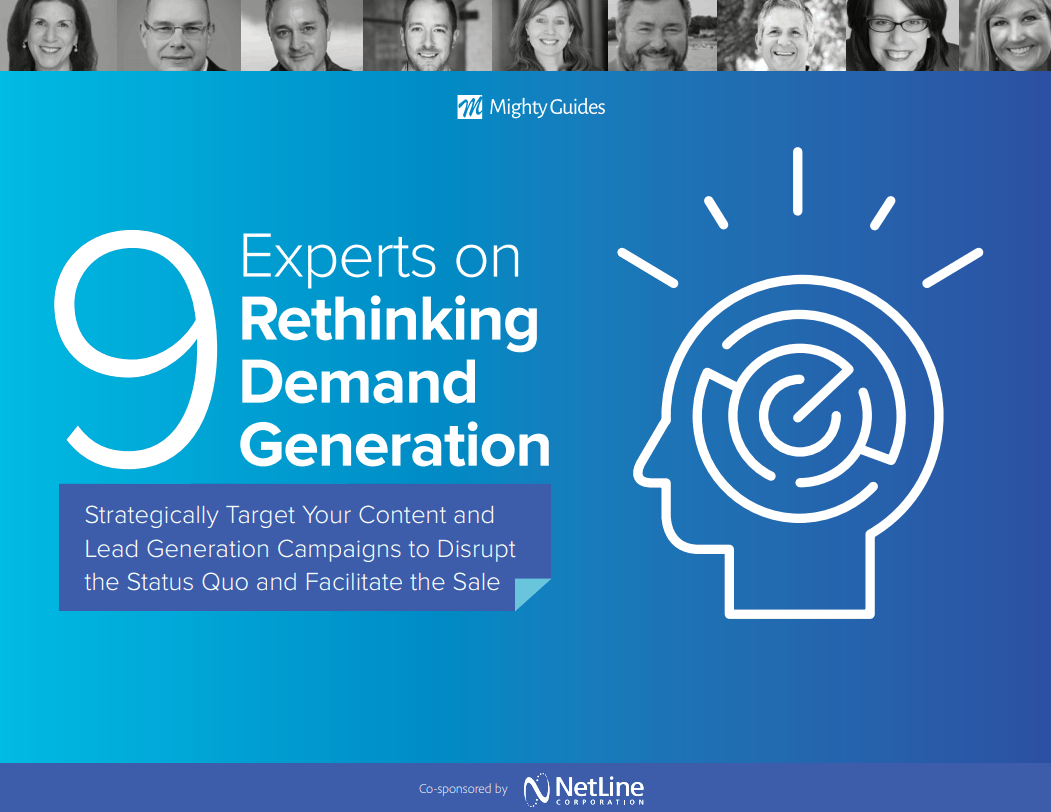
Pam Boiros, Principal and Consultant, Bridge Marketing Advisors
Create, Identify, and Enable Mobilizers
- To create mobilizers, marketers must give those people the information they need to fulfill the role.
- Winning over a mobilizer is essential to a successful sale, but the information you use to win that person over is the same information the rest of the decision makers need.
“Nobody has “mobilizer” in his or her job title.”
The key to consensus selling in a collaborative buying situation is gaining the mind share of a mobilizer. The mobilizer is the one person in the group who takes the lead, asking questions and finding answers. But, as Pam Boiros so aptly points out, “Nobody has ‘mobilizer’ in his or her job title. You can spot mobilizers easily in meetings, but it can be difficult to identify them through a demand generation content strategy. Sometimes, you must create mobilizers.”
Create Mobilizers? It happens more often than marketing and sales teams realize. Mobilizers typically self-identify when they take on the role of problem solver or solution finder. Even when it becomes their personal mission, however, Mobilizers often don’t see themselves as Mobilizers. So, to create Mobilizers, marketers must provide these people with the information they need to fulfill that role. Boiros says, “Mobilizers get excited about being the person who drives a learning culture in the organization. They like helping others be the best they can be and bring their best selves to work.”
Mobilizers have other characteristics, as well. “They have the interest and the passion, even if their job title is more junior,” says Boiros. “Many millennials step into that role, especially when companies are purchasing technology.” However, whether you’re looking for Mobilizers or creating them, these people all have one thing in common with each other and with everyone else in the buying group: They all need to arrive at the same decision at the same time. At the end of the day, make sure that all those different stakeholders, led by the Mobilizer, decide that they want your company’s solution. If winning over a Mobilizer is essential to a successful sale, the information you use to gain that person’s support is information that the rest of the decision makers need, as well. So, what kind of information is that?
First, content that captures the attention of Mobilizers must be engaging and authentic. Boiros explains, “Rather than outlining the features and benefits of your widget, content must illustrate why a customer does what it does. That’s what mobilizes the Mobilizers.” Content must do more than that, though. The buying group is typically dysfunctional in the sense that it consists of people with different interests and perspectives, like management, finance, technical people, and end users. The Mobilizer can’t mobilize without the information all those people need to arrive at a consensus. “If you can equip Mobilizers with your information in a transparent way so that they know what others on their team are thinking and can anticipate their questions, Mobilizers will begin to mobilize others internally,” says Boiros. “The last thing you want is for a Mobilizer to be stumped over a question from the buying team.”
People gravitate to content that makes them internal Mobilizers. You need a strategy for creating content that not only draws Mobilizers in but also enables you to identify Mobilizers by the way they engage with your content. To do this, create many small pieces of content that act as a breadcrumb trail of answers leading to the big picture.
Boiros explains the strategy this way: “You don’t need to build 100 different content pieces. Build one big parent asset, like a Mobilizer toolkit, and then generate derivatives by atomizing the heck out of it. Create the derivative pieces in different formats, like blogs and videos and checklists and articles. Always make those smaller pieces point back to the parent asset for the full picture.” In this way, over time you answer more and more questions and build the expectation that you’re showing people something that’s worth their time.
This content array can also help identify Mobilizers. Boiros says, “Mobilizers reveal themselves by the volume of content they look at, the number of times they come back, and whether they engage more intensively, such as joining chat sessions or attending a webinar.”



